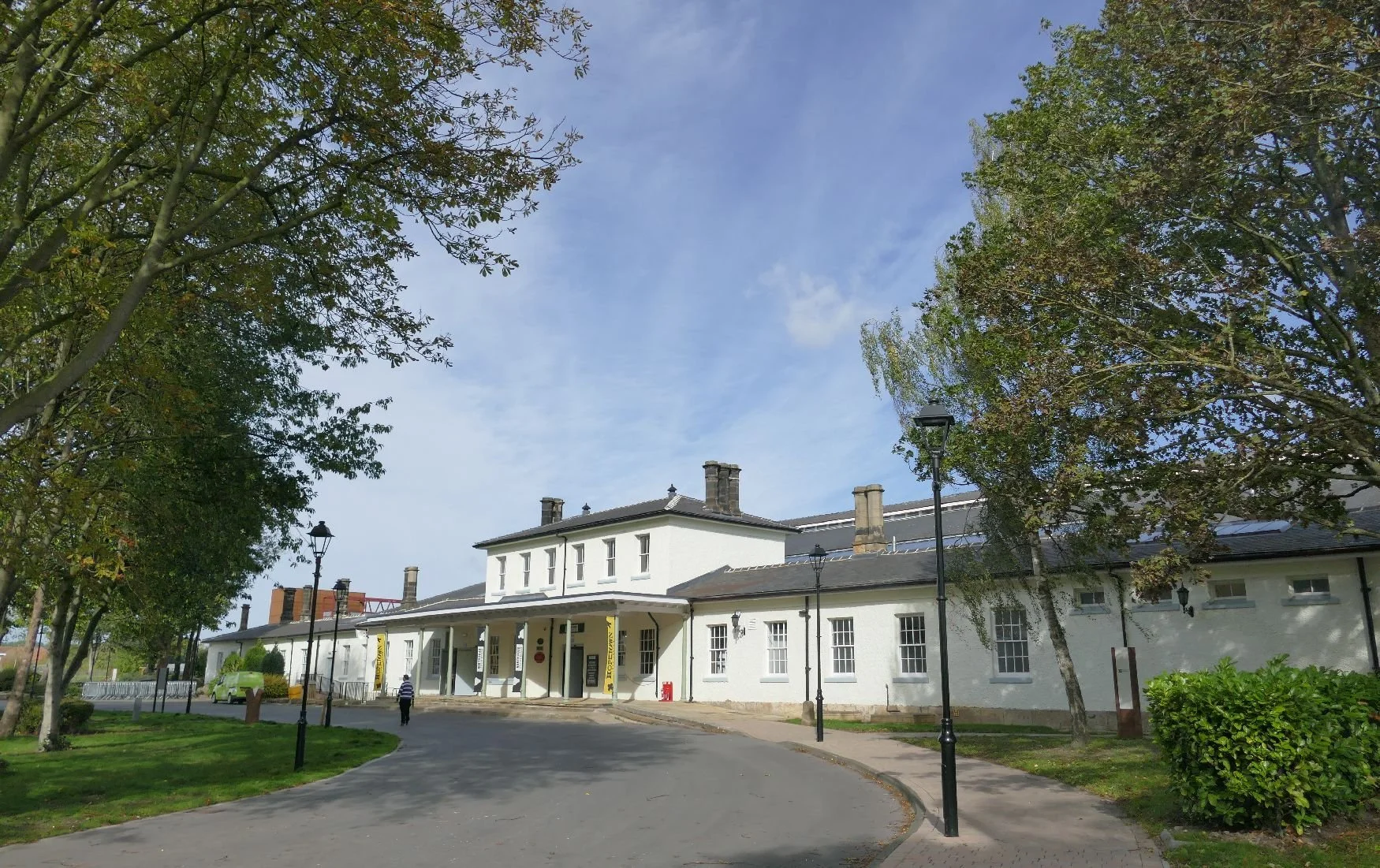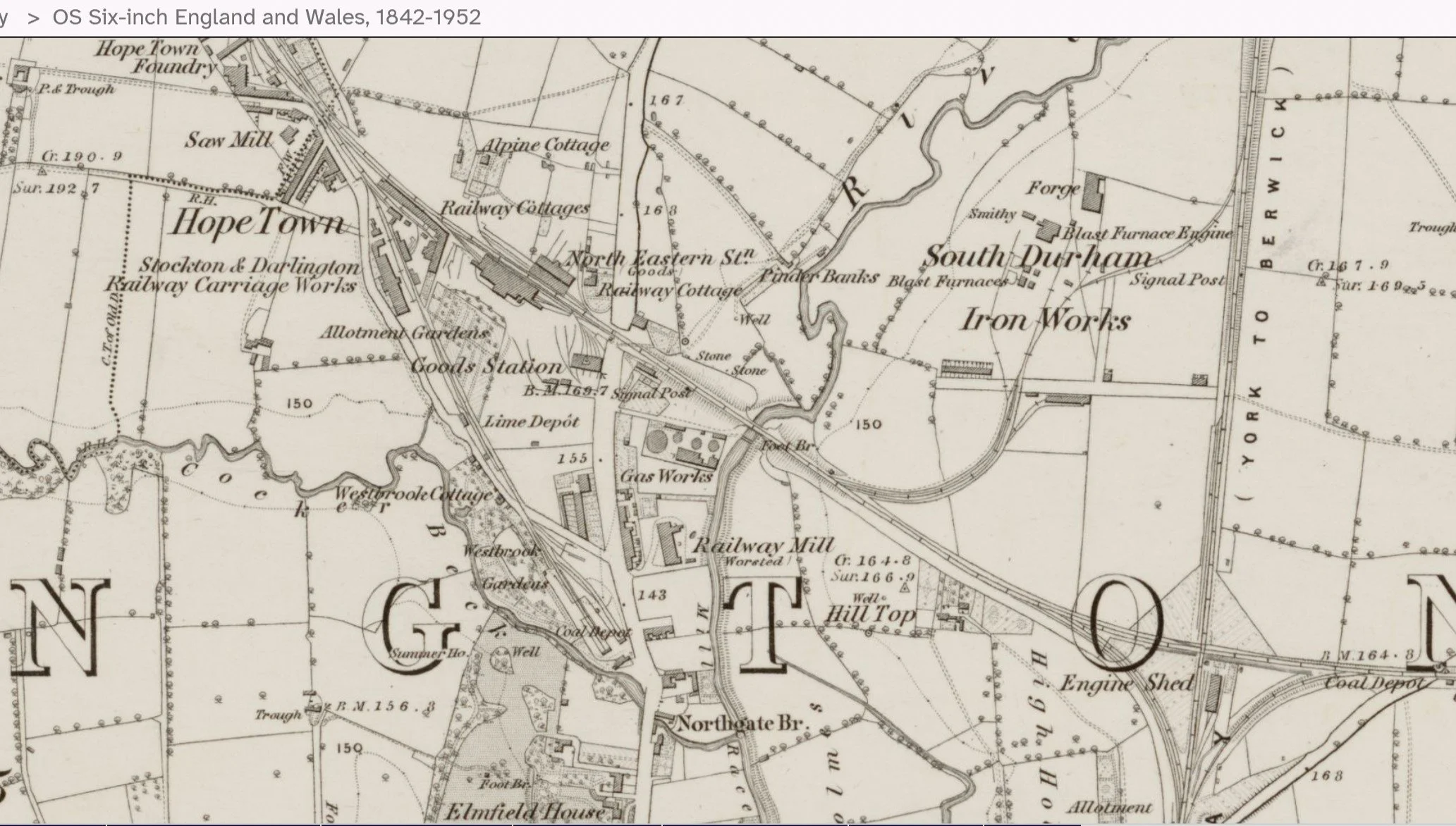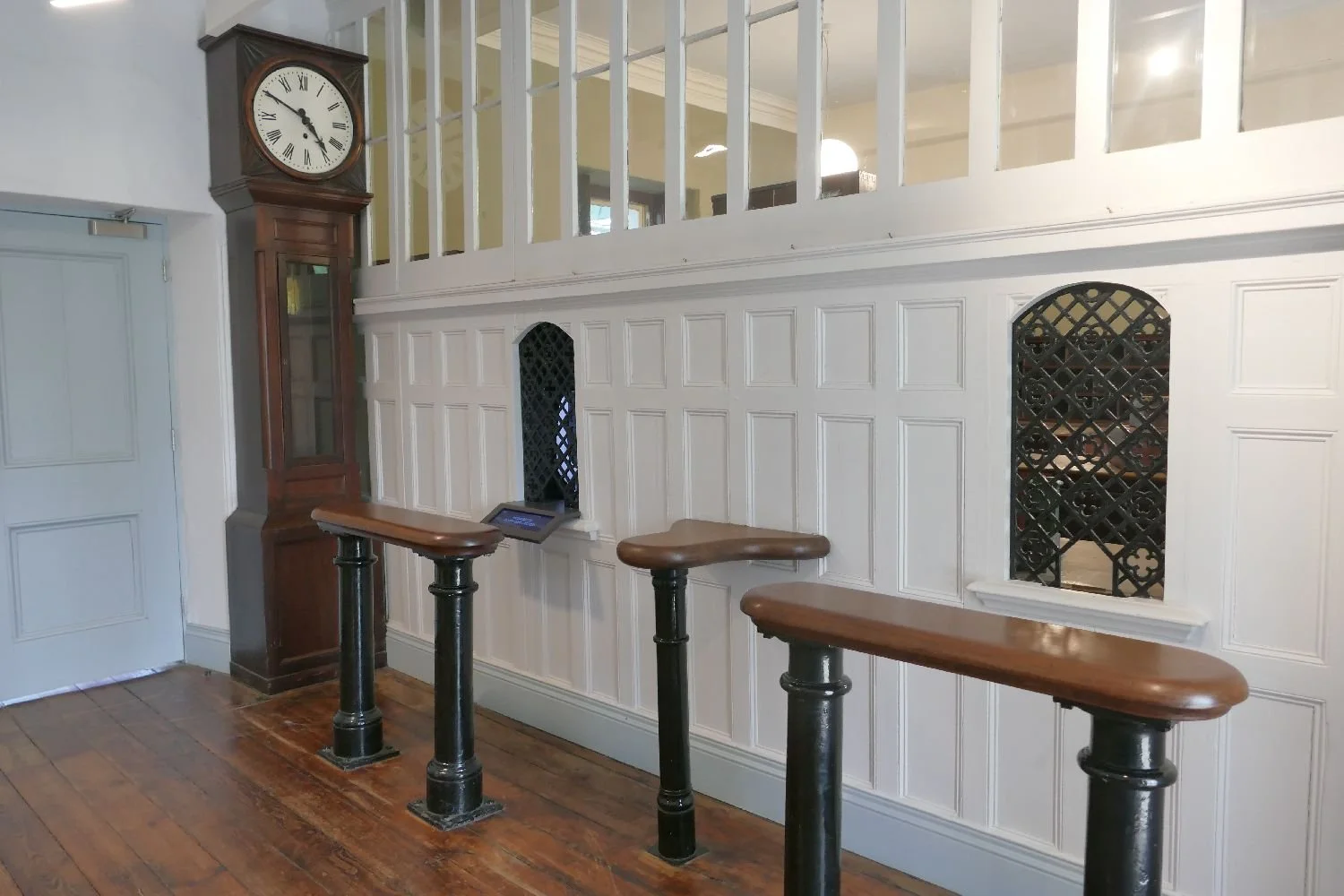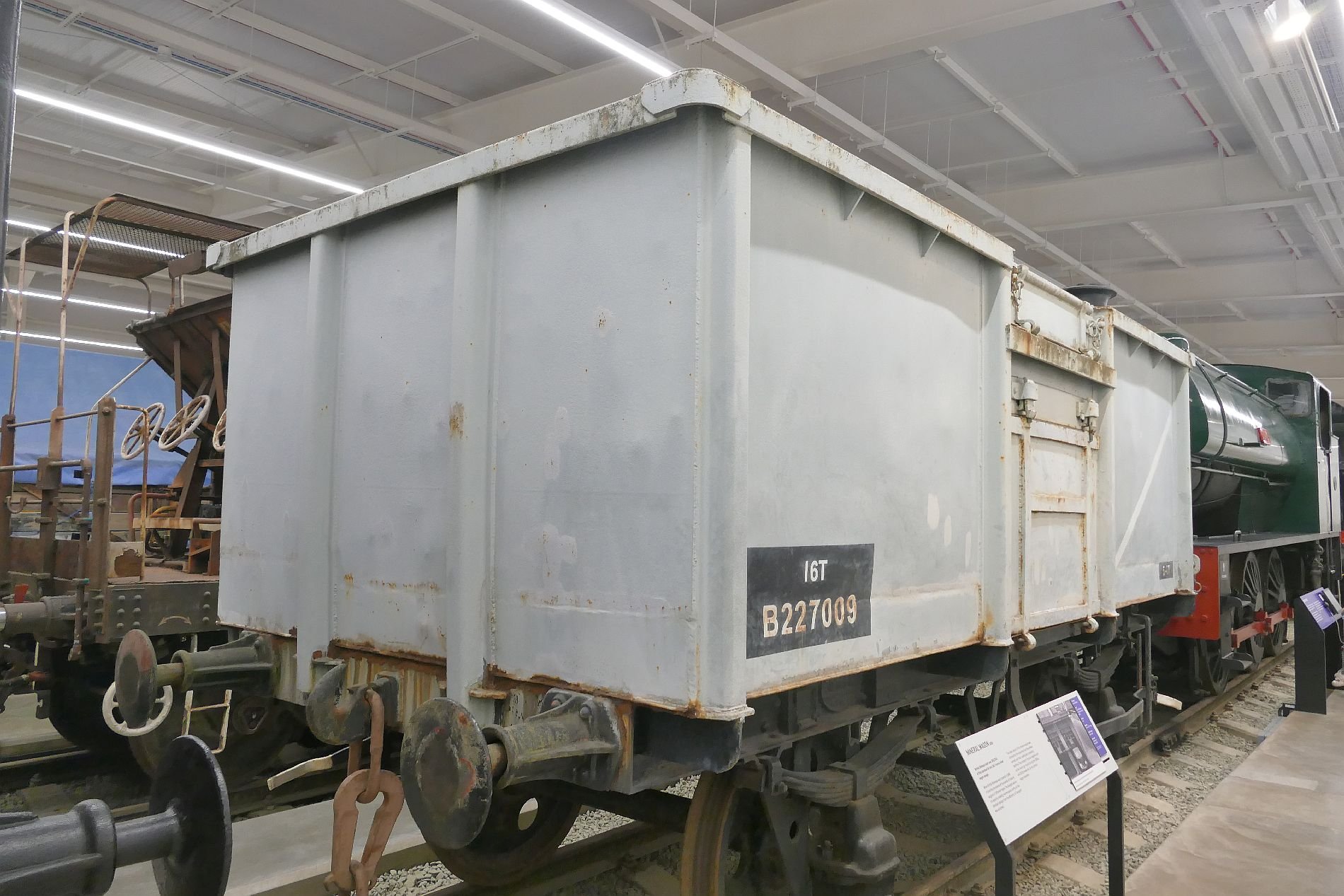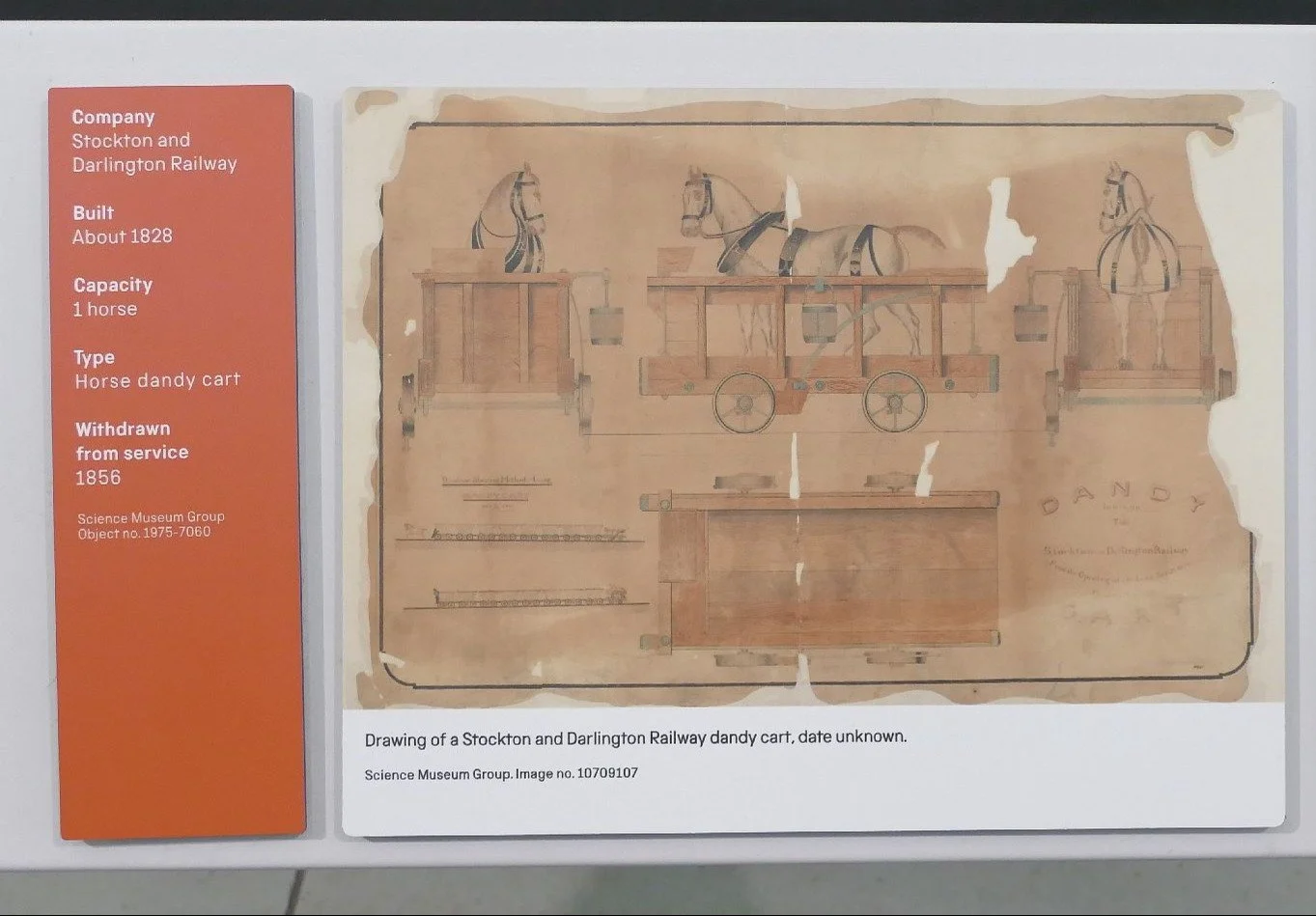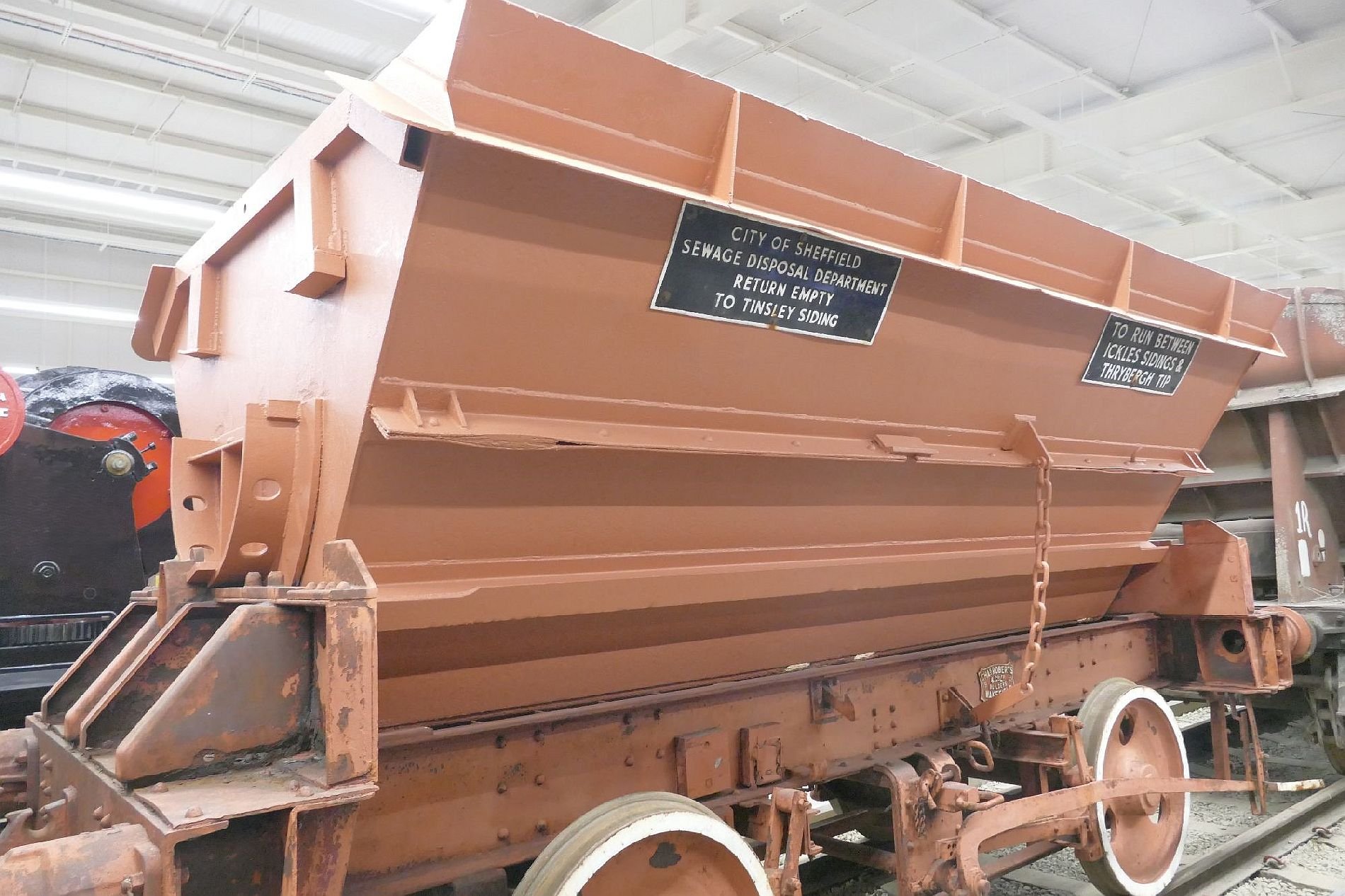Hopetown or Hadestown?
They sound diametrically opposed but in so many ways they are scarily similar. Could you lead your lover out of Hopetown without looking back? I don’t think so.
But let’s be clear: Hopetown is the optimistically named railway-works-now-museum in Darlington, County Durham, while Hadestown is the name of a Broadway musical with lyrics like
“On the road to hell there was a railroad track”
Or
“Lover you were gone so long
Lover, I was lonesome
So I built a foundry
In the ground beneath your feet
Here, I fashioned things of steel
Oil drums and automobiles
Then I kept that furnace fed
With the fossils of the dead”
I suppose we always suspected that Hades was both King of the underworld and patron saint of all things powered by coal aka “the fossils of the dead” (although I think coal is strictly vegetarian so the analogy may well be flawed!).
As part of our homage to Rail200 (Part 1 is in the previous blog) we visited the Hopetown Railway Museum in Darlington. Somewhere we had read that ‘Hopetown’ was so called because a carriage works, which the Stockton and Darlington Railway propsed to build in this area, gave some hope for a better or perhaps more secure future for the local workforce. A brief Internet research makes no mention of this theory but it seems entirely credible and an obvious candidate for another musical.
The carriage works opened in 1853, its brief to build and maintain ‘two axle railway carriages’ for passemgers on the Stockton and Darlington Railway (SDR).
The site, a little under a mile to the north of the centre of Darlington, was already the location of the town’s first railway station (right). If you wonder why it was so far away from the town centre we must remind you that the primary function of the SDR at that time was the delivery of coal from local collieries to the river ports of Stockton on Tees!
With the subsequent construction of other railways on other routes, a more central town station was constructed in 1841 (others would follow) and the original SDR station renamed North Road. As its later name suggests, this location was also handy for the Great North Road heading north to Newcastle.
Maps published around the time of the carriage works’ construction indicate that the Hopetown area was still largely rural but the impact of ‘King Coal’ is already very evident. Apart from the railway infrastructure (the Hopetown foundry, goods’ sidings and railway workers cottages) there is already a gas works and the South Durham Iron Works.
Reproduced with the permission of the National Library of Scotland' https://maps.nls.uk/index.html
Ironically, the carriage works closed in the 1880’s but the Hopetown name stuck. Perhaps some of the original ‘Hopefuls’ moved to the ‘Darlington Works’ (more concerned with locomotives than rolling stock) which were established in 1863 and the ‘North Road Shops’ on the opposite side of the railroad tracks at the Hopetown site.
Although threatened with closure many times, North Road (Darlington) Station still survives (Bishop Auckland to Darlington in around 26 minutes) but the original station building and the Hopetown Carriage Works area were acquired by Darlington Borough Council in the 1980s and became part of the Darlington Railway Centre and Museum. When Terroir visited in September Hopetown was heaving, with a very varied selection of activities and displays.
We were particularly delighted with a statue – not of Hades - but of Prudentia who, according to the Northern Echo (https://www.thenorthernecho.co.uk/news/25185272.prudentia-back-darlington/)
once adorned the offices of the Prudential Insurance Company in Darlington. After an eventful career, including many years in a packing case, she has finally been released to adorn a garden adjacent to the preserved North Road Station building. She is obviously recommending the use of a mirror (cunningly disguised as a table tennis bat) to escape from Hades and the Greek underworld.
But the reference to Hadestown in this blog was not just a jokey play on words conjured up by the discovery of a place called Hopetown (although that was, indeed, the start of it). We knew of course, that County Durham was a colliery county. We knew that the Stockton and Darlington Railway was founded on coal and fuelled by the same stuff. We know that mining was not a career path which we would have wished to follow, out of economic necessity or for any other reason. Paintings at the Miners’ Gallery in Bishop Auckland, really drove home the reality of Hades’ underworld for a huge section of the local population.
Above: Images from the Bishop Auckland Mining Art Gallery Guide Book
Our last story from the land of Hope and Hades is, therefore, about the intimate link between geology, technology and design. This interaction was beautifully illustrated by the historic wagon displays inside the mighty exhibition shed at Shildon. The Hopetown carriage works had been relatively short lived; transporting people didn’t go out of fashion but the technology changed and production moved to York. The Shildon works fared better. By converting from locomotive construction and repair to the production of wagons, Shildon continued in production for over 150 years, creating wagons adapted to transport various raw materials, manufactured goods and a variety of other types of freight. Here follows a selection of our favourite design adaptations to accomodate changing cargoes, new materials and methods of loading and unloading.
The basic coal wagon or chaldron wagon (above left) was the staple on horse drawn railways but as demand for coal expanded, so did the design of the wagons to allow easy bulk delivery. No doors became side doors or doors in the base of the wagon. Construction changed to keep up with modern materials which were longer lasting or could be easily maintained.
Horses hauled wagons for centuries but ended up being transported by them instead (below).
Carrying liquids was a new challenge and required a complete rethink of materials and shape (below).
Well wagons were designed to carry heavy vehicles or large loads by creating additional depth between the wagon wheels (below).
And here is our all time favourite for going just that extra mile - the sewage disosal wagon.
We suggest that neither Hadestown nor Hopetown developed the ingenuity or adaptabilty to cope with changing circumstances. Condemned to be myth or museum respectively, they are a salutary comment on the future of rail transport. So much of railway engineering is already classed as heritage, so little seems to be developing to adequately meet the challenges of climate change and competition from other transport modes. Well, at least we have the Musical to look forward to.
